3D Printer
Introduction
3D printing technology is a kind of rapid prototyping technology, which is the technology of decomposing the computer-designed 3D digital model into several layers of flat slices. The 3D printer will be powder, liquid or filamentary plastic, metal, ceramic or sand and other bondable materials according to the slicing pattern layer by layer, finally stacked into a complete object.
3D printing is a very high-tech comprehensive application of technology. The technology integrates the digital modeling technology, information, electromechanical control, materials science, chemistry and many other aspects of cutting-edge technical knowledge.
3D printing technology can achieve large-scale personalized production, can create the shape of the traditional production technology can not be manufactured. And it can realize the first piece of net shape forming, greatly reducing the amount of auxiliary processing later, avoiding the data leakage and time span of outsourcing processing.
In addition, because its manufacturing preparation and data conversion time is significantly reduced. Iit makes the cycle time, cost of single-piece pilot production and small batch production lower, which is especially suitable for new product development and single-piece small batch parts production. These advantages have made 3D printing a trend that has been widely used in many fields such as architecture, industrial design, jewelry, footwear, model manufacturing, automotive, aerospace, medical, education, and geographic information systems.
3D Printer Test
Test model Print
The process of printing.

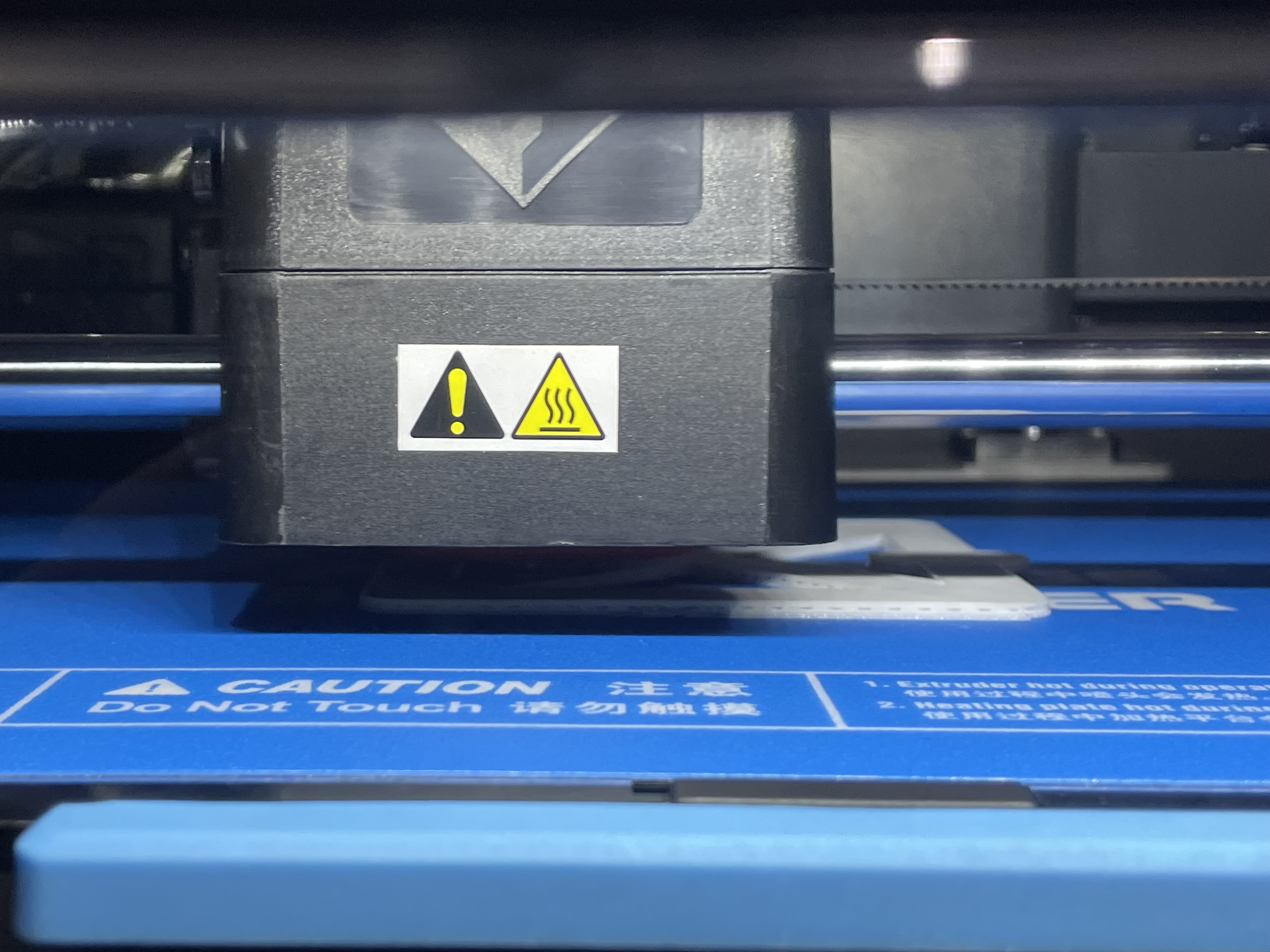
The result of the model1 which is of good quality.

Test the fusion model printing and assemble it
1.The process of printing.
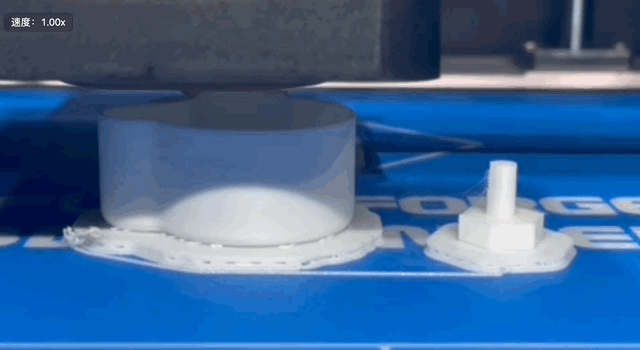
2.Remove the printed model from the printer base.
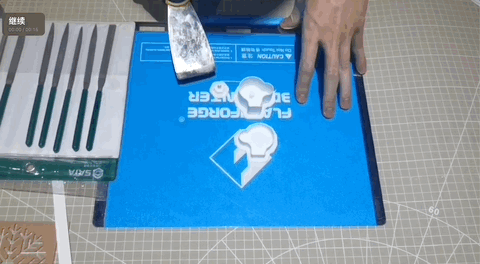
3.Remove the supporting structure of the printed model.
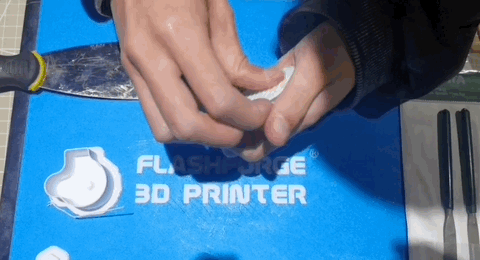
4.Polish the model for better quality of the surface.

5.Assemble the parts.
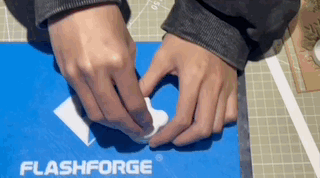
6.The result of the 3D print model.
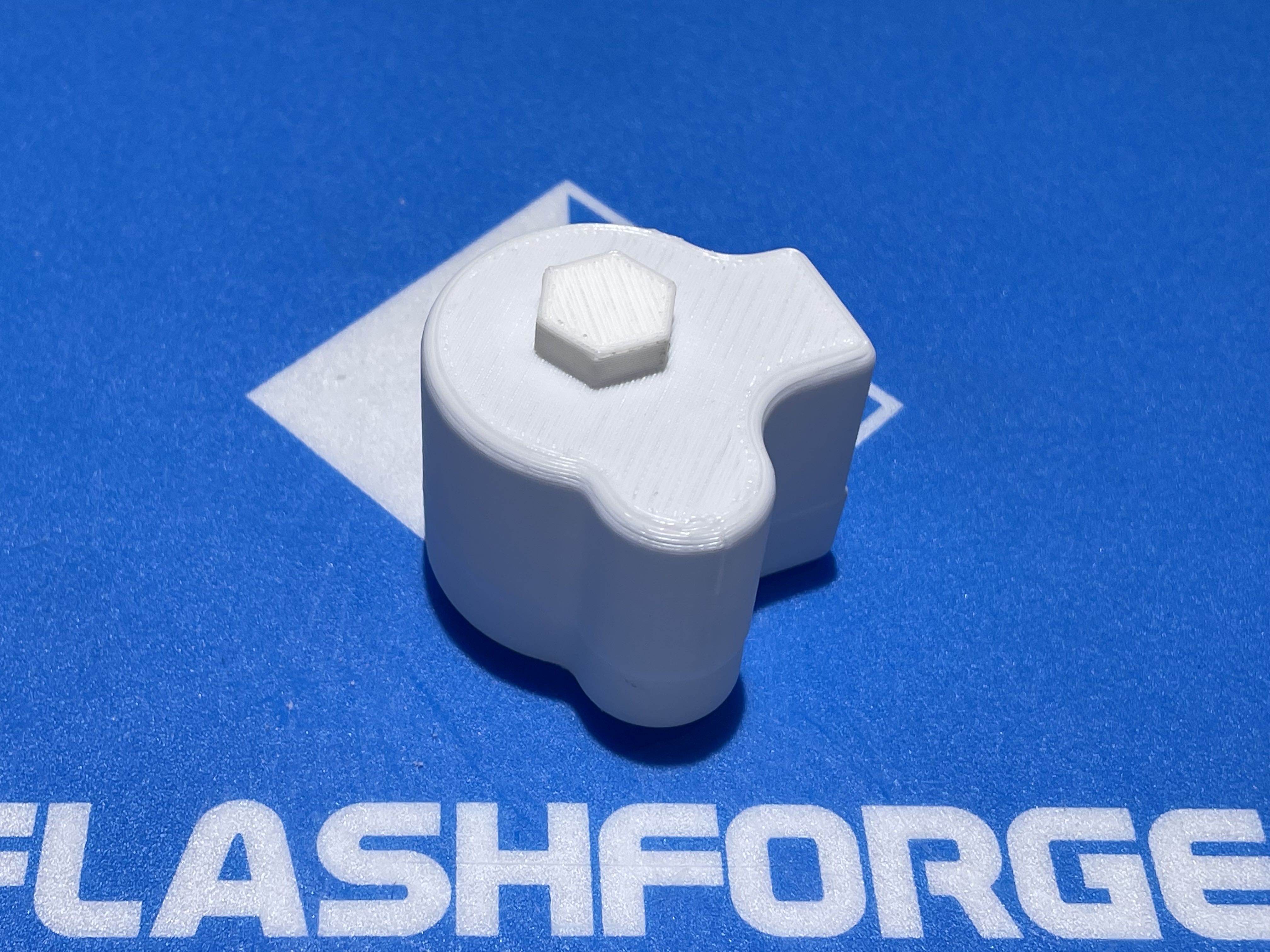
Laser Cutting
Power and Speed Test
1.The software sets the power and speed of the test pattern hierarchically.
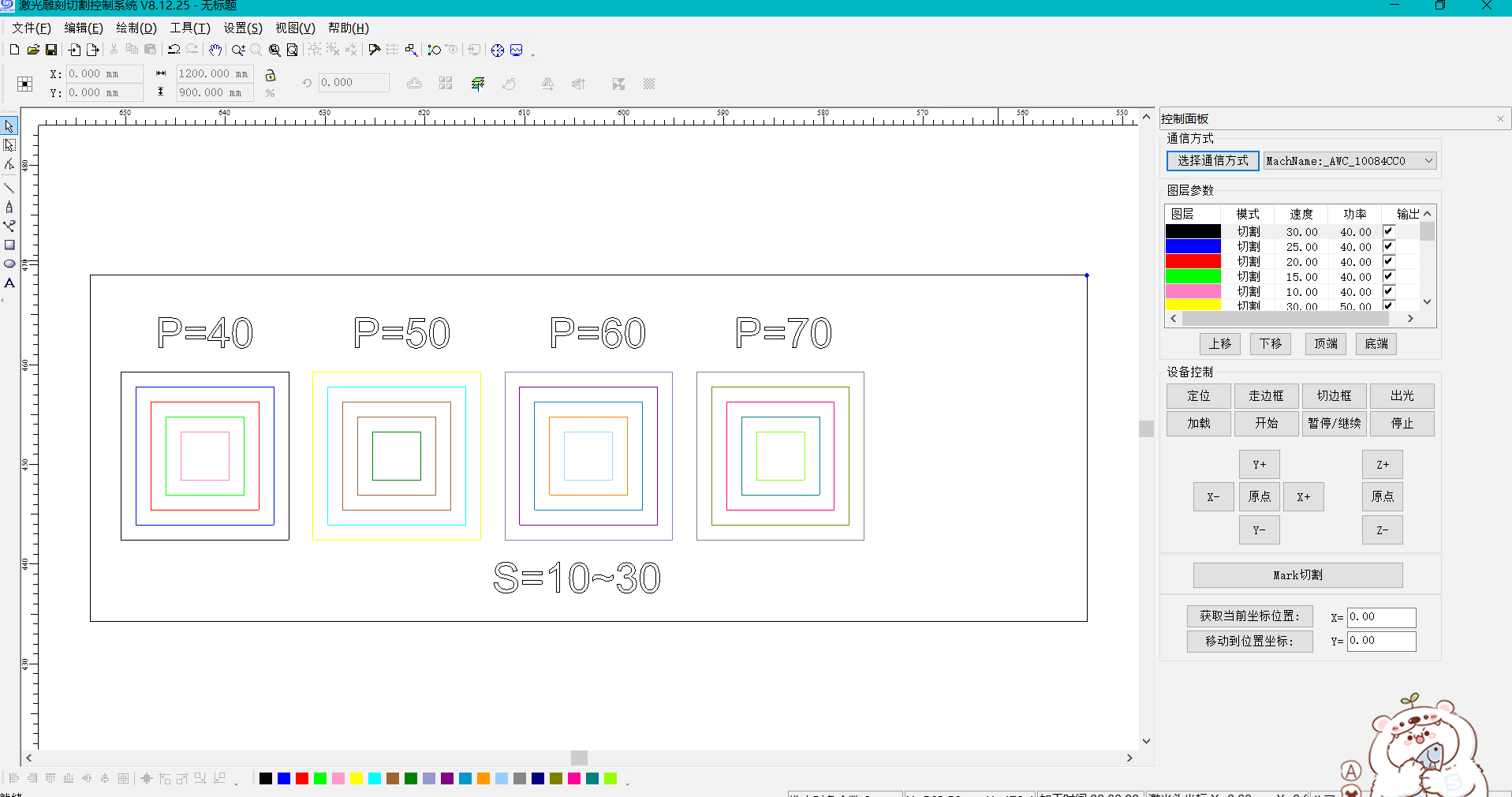
2.Cutting test with machine.


3.The two results of the laser cutting.
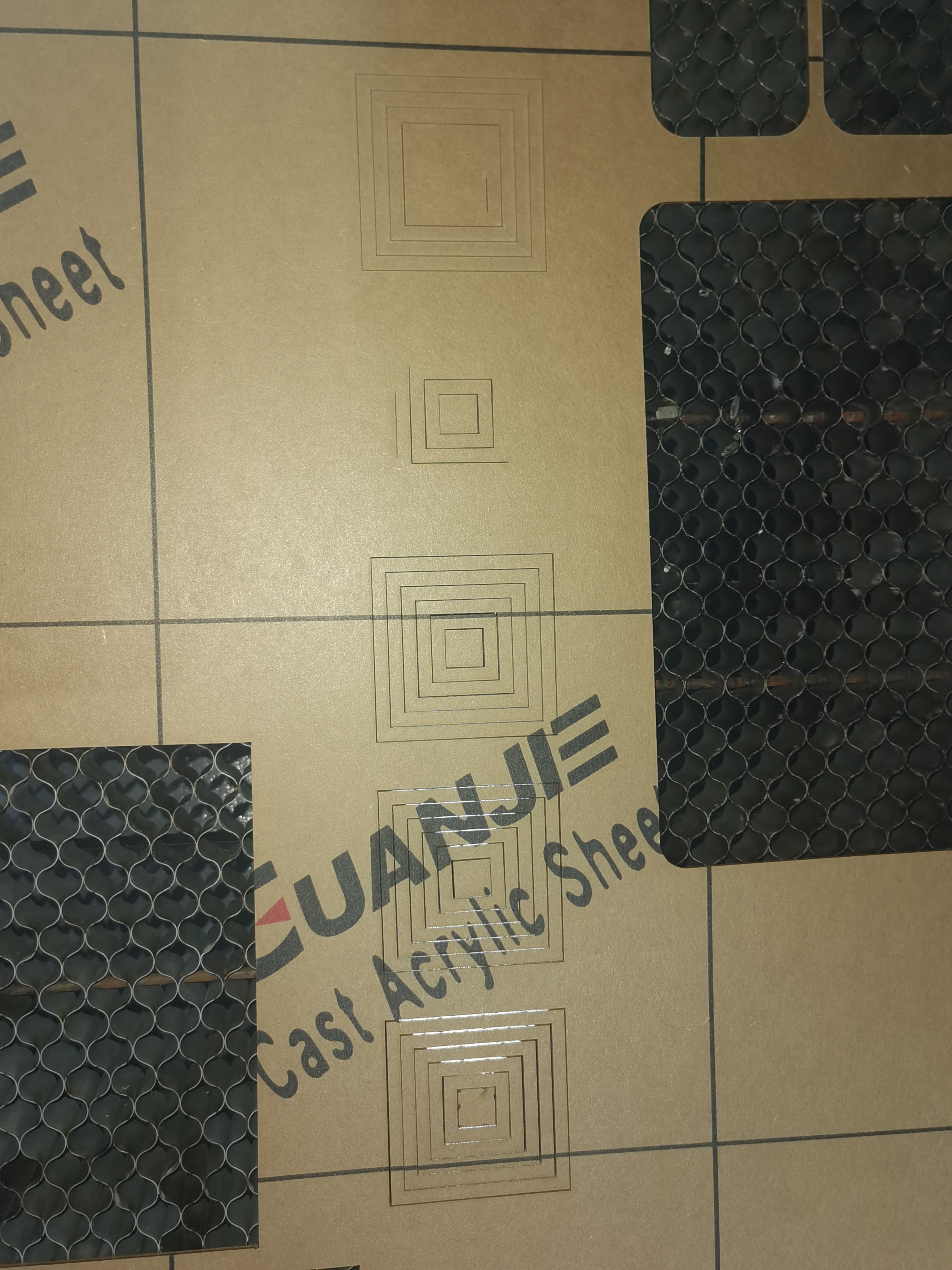
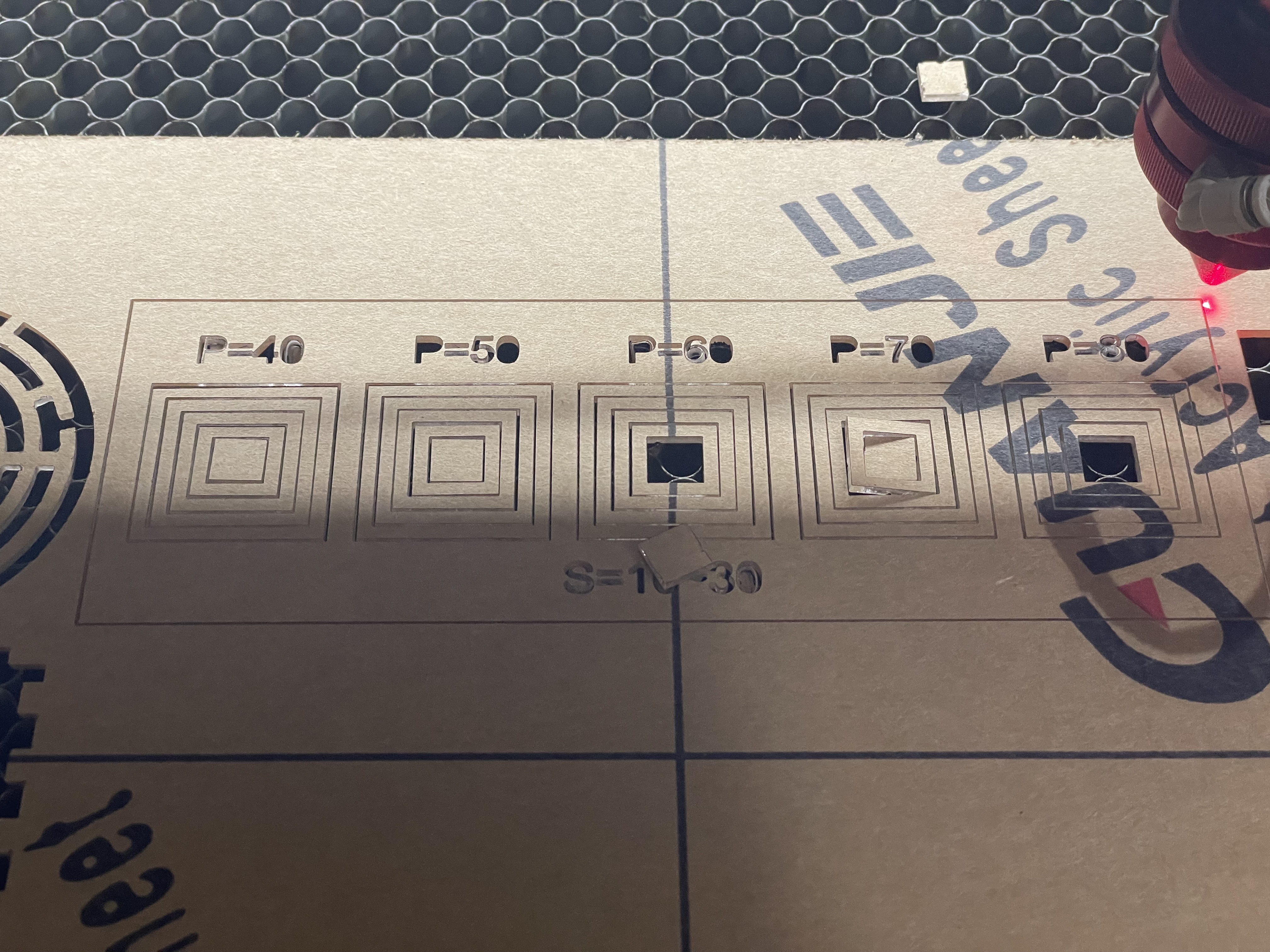
4.Statistics on cutting test results.
Question: Both machines and computers have the function of adjusting power, which leads to the final power can not be completely determined.
| Power/Speed | 10 | 20 | 30 | 40 | 50 | 60 | 70 |
| 40 | N | N | N | N | N | N | N |
| 50 | Y | N | N | N | N | N | N |
| 60 | Y | Y | Y | N | N | N | N |
| 70 | Y | Y | Y | Y | N | N | N |
| 80 | Y | Y | Y | Y | Y | N | N |
| 90 | Y | Y | Y | Y | Y | N | N |
Cutting Accuracy Test
1.Import cutting target image to the machine.
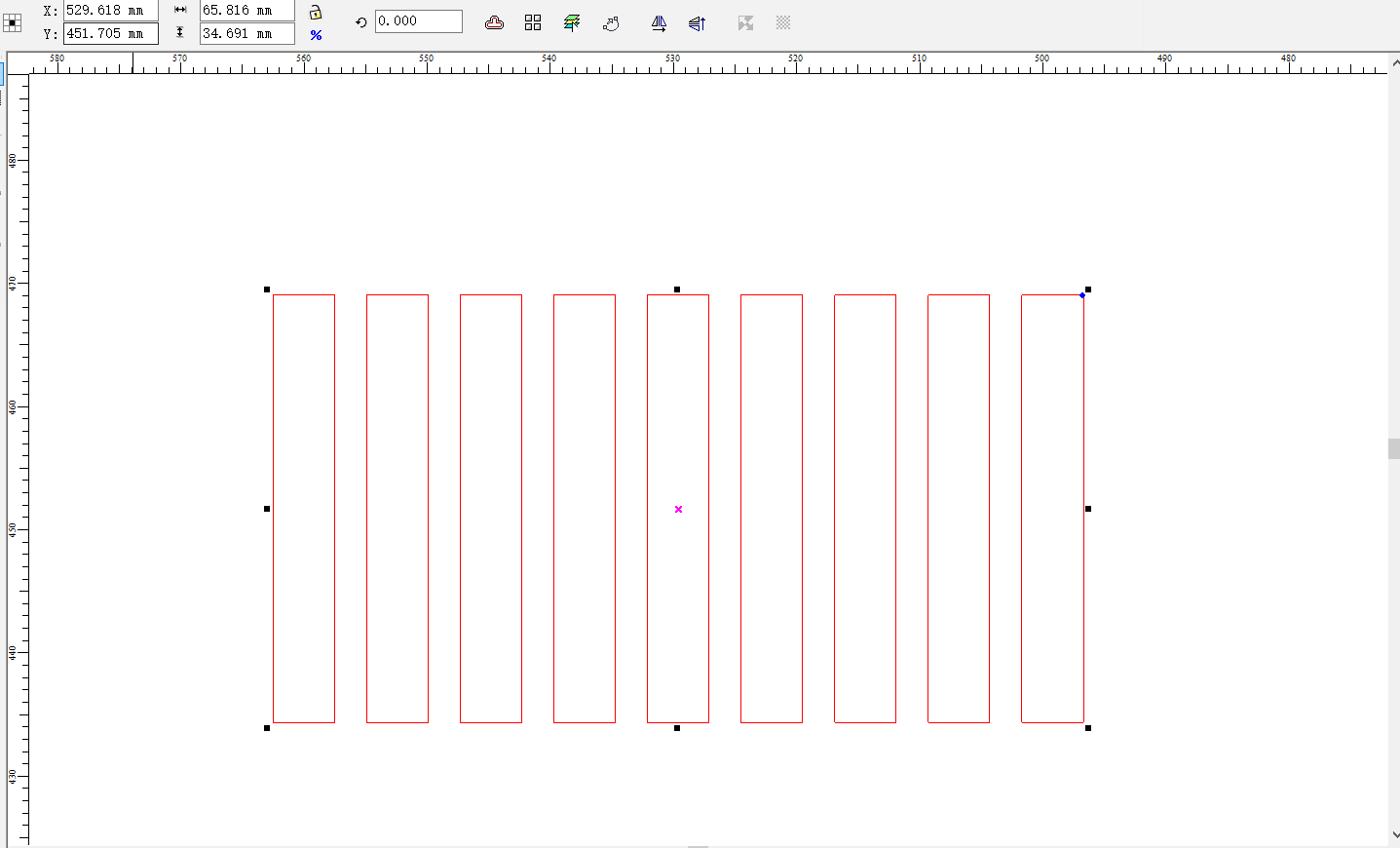
2.Collect the finished materials from the cutter.

3.Measure the actual length to see the error. The width of a single part is 5mm, the number is 10, the total statistical length is 46.08mm, and the error is 3.92mm. Therefore, the value of Kurf is 3.92/10=0.392mm.
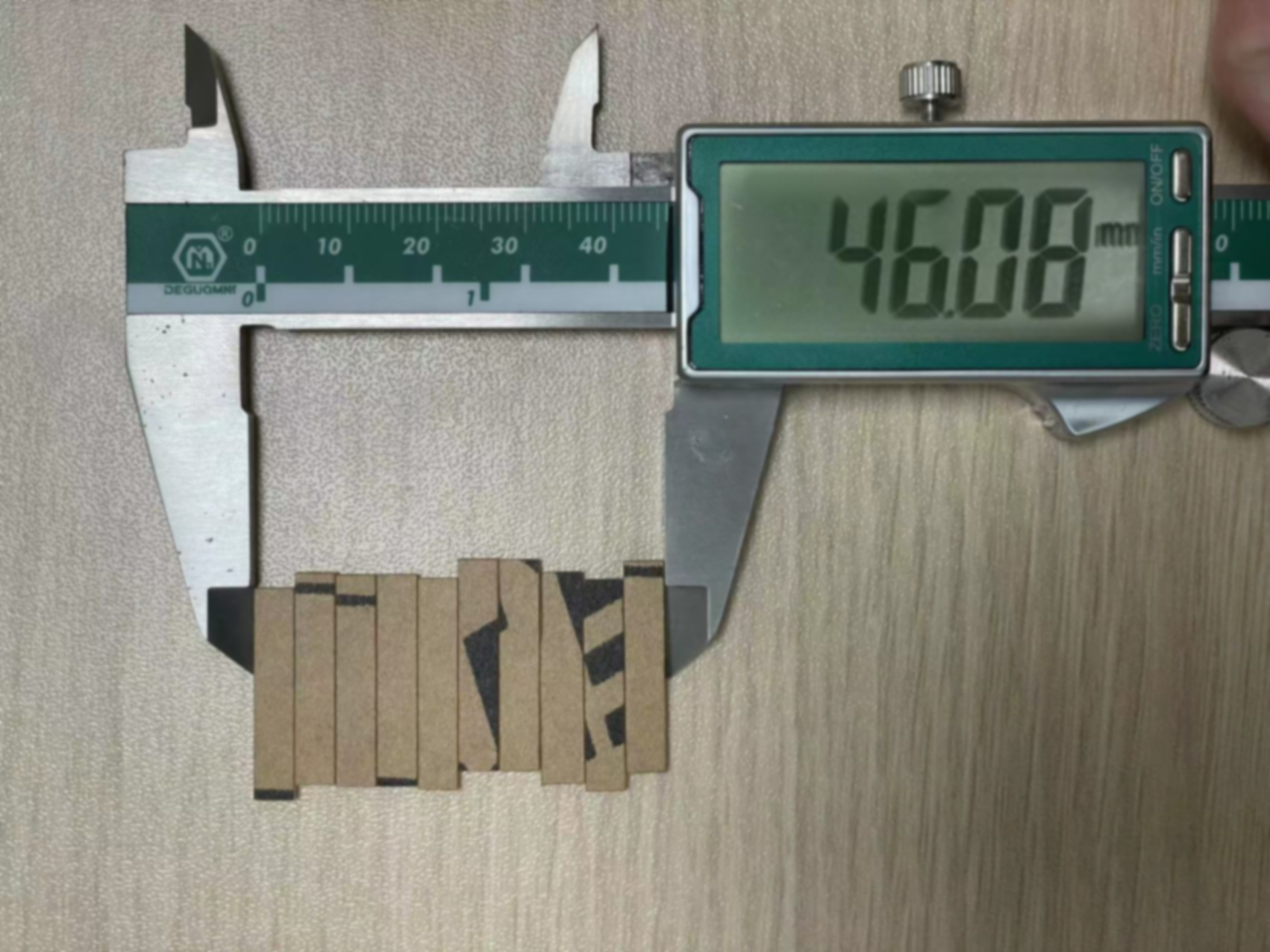
Laser cutting project
Project Introduction
In this project, the adhesive tape is cut by laser cutting to form a pneumatic soft robot. Arduino is connected to control the air pump for the deformation of the soft robot.
Material
| Serial number | System hardware list | Quantity |
| 1 | Arduino main control board | 1 |
| 2 | Air Pumps | 1 |
| 3 | Tapes | 1 |
| 4 | Hot melt adhesive | 1 |
| 5 | Needle Syringe | 1 |
The Procedure of Fabrication
1.Use laser cutting to cut the tape.

2.Check the kerf of the tape cut.
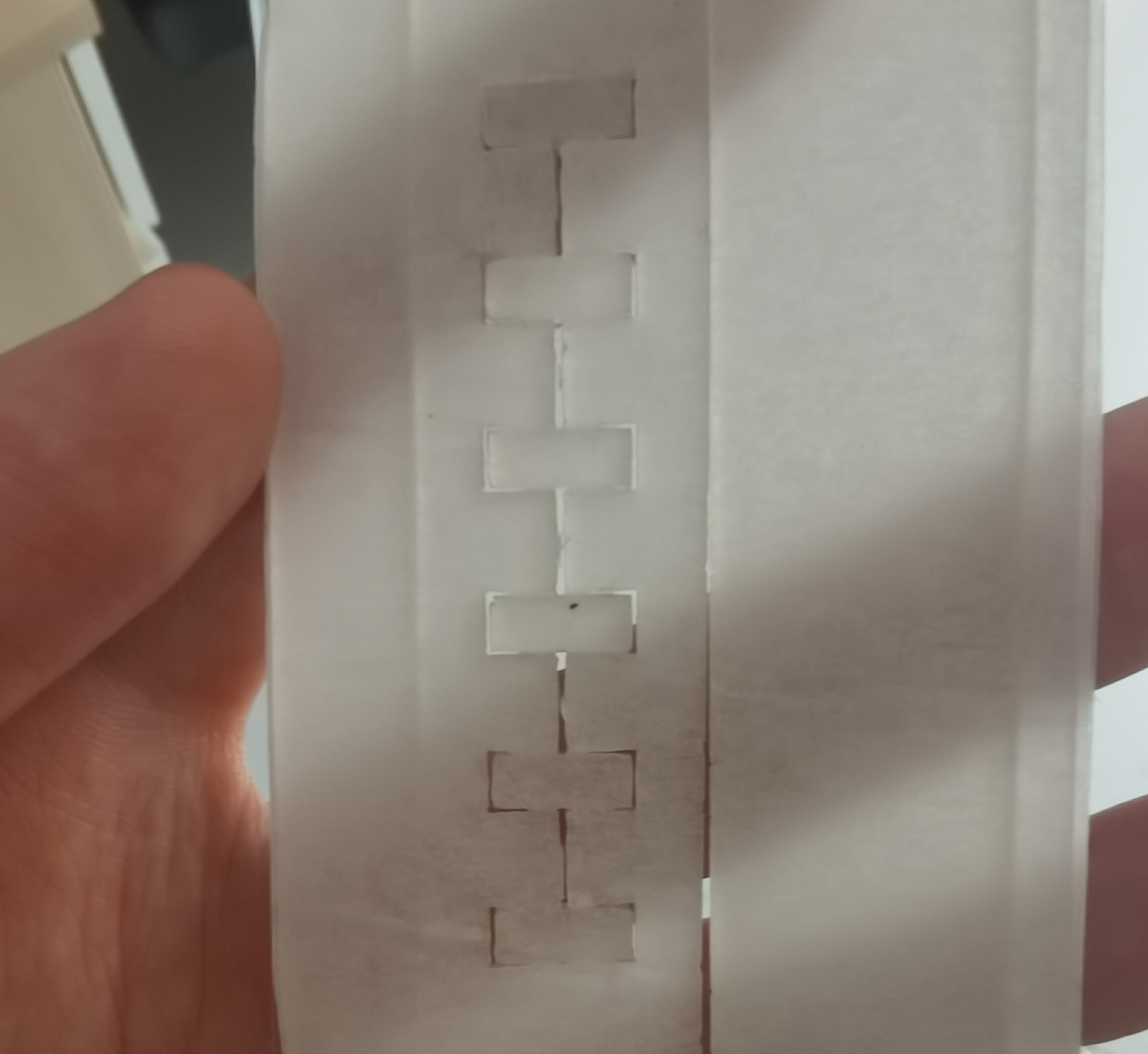
3.Stick the parts of tape to form the soft robot,preparing for the control of arduino.
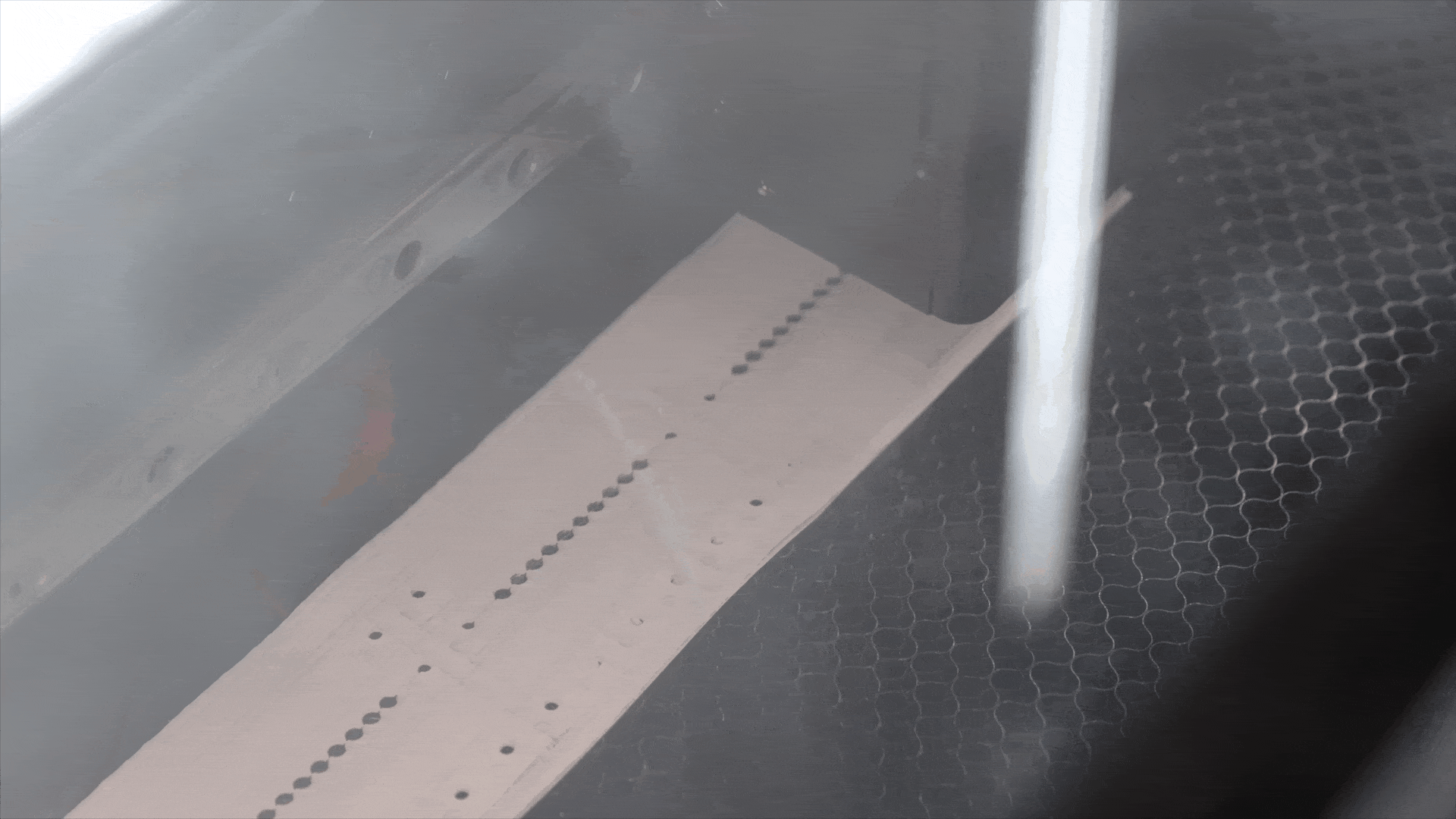
4.Use arduino with pump to control the motion of the soft robot.
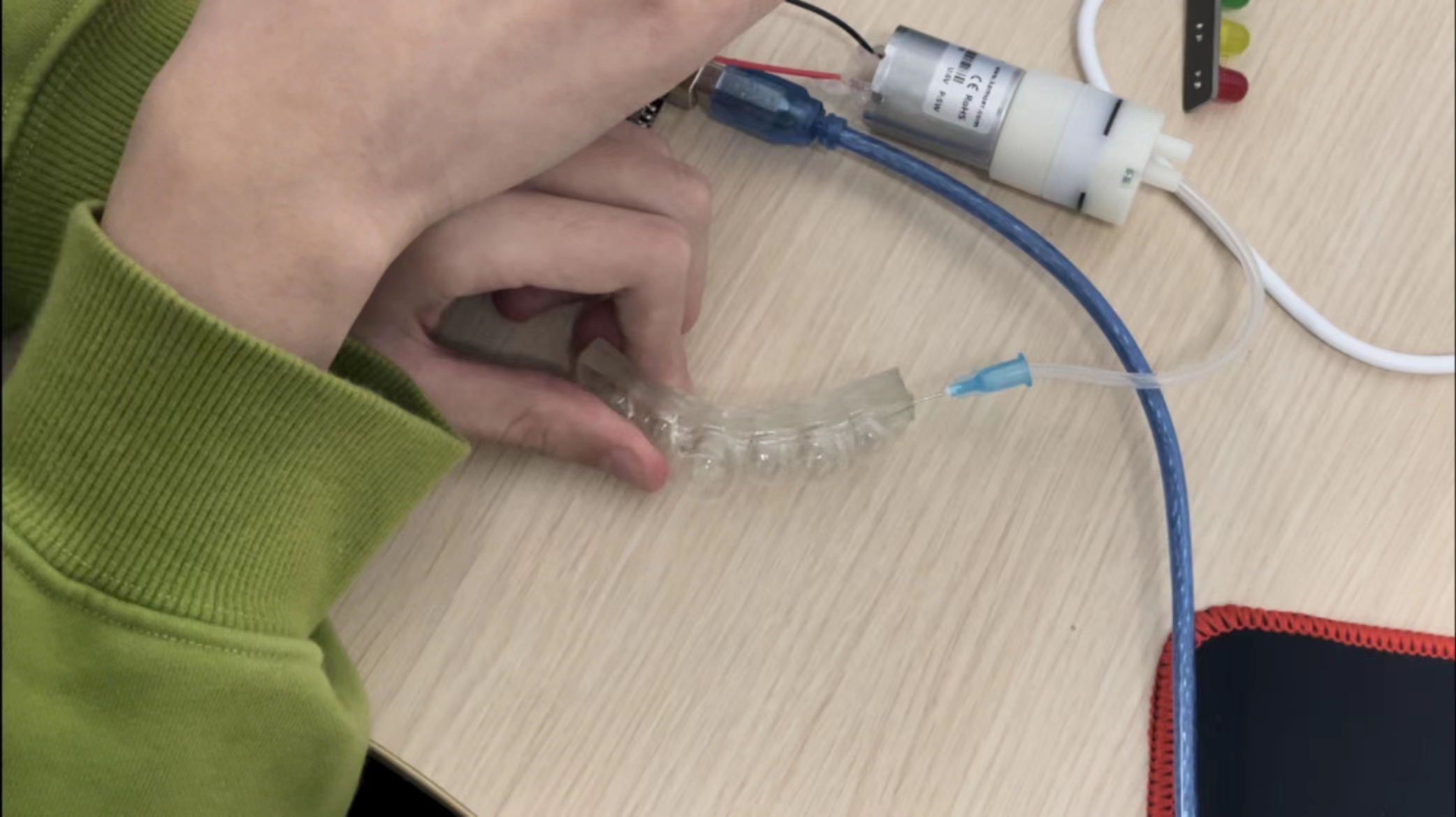

Arduino Code
1 | int motorPin = 2; |
Tinkcad Diagram
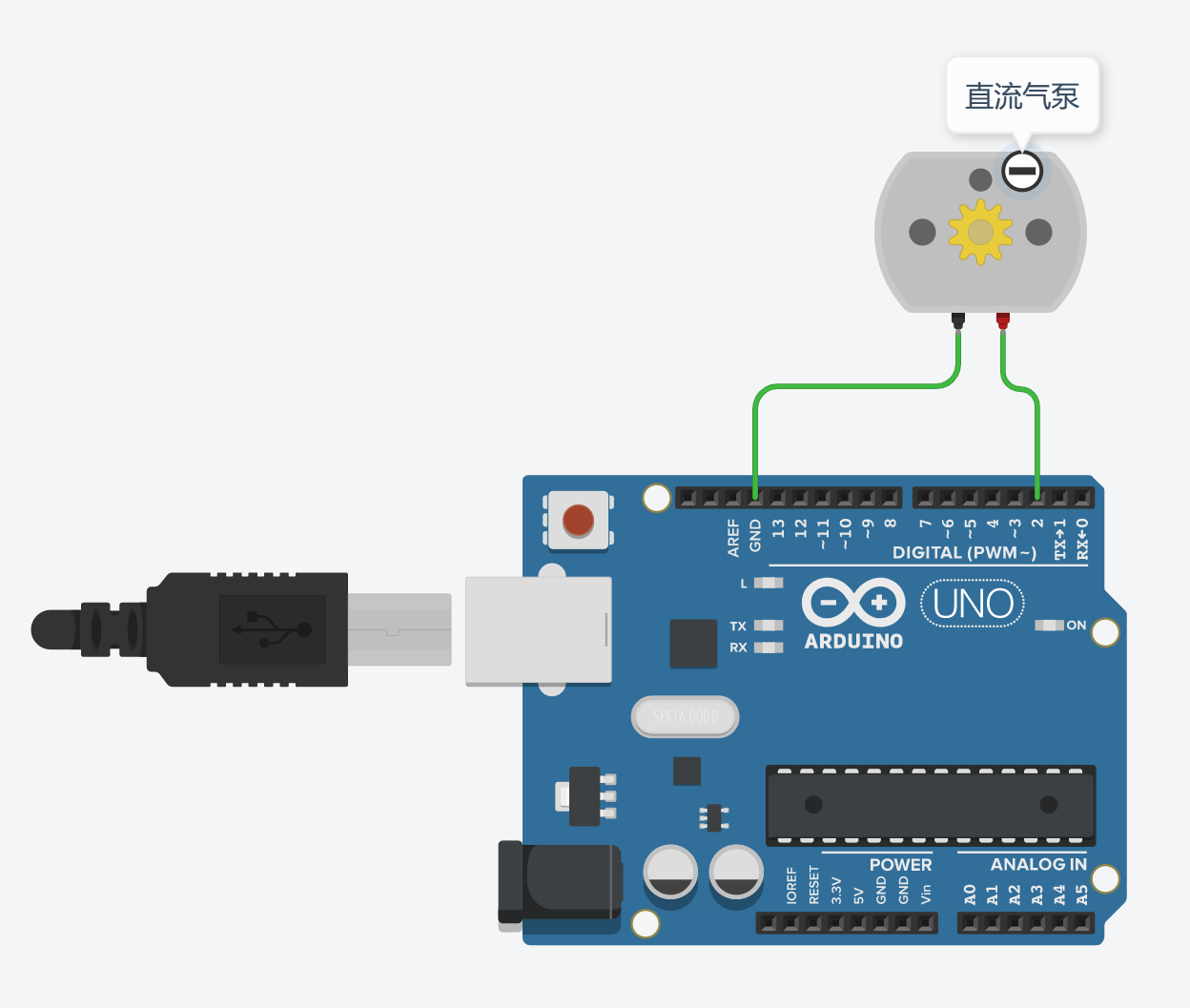
About this Post
This post is written by Guo Herui, licensed under CC BY-NC 4.0.